It frustrates me when I cannot identify what I see.
I have an ever-growing collection of field guides at my fingertips, from a life spent walking, watching and wondering. And access to internet resources that nicely bridge the gap between the curious watcher and one who is the technically proficient scientist.
But, still, from time to time I encounter the unidentifiable.
Something which is odd enough to escape my naming it;
interesting enough to not be forgotten until I do.



I found these “caterpillars” on a Black Walnut leaf last week, and watched and wondered over them for a day before returning them to the tree in the yard—unidentified. My photo library left holding an image labeled simply, “fuzzy white.”
I could only hope to encounter them again, perhaps by then, looking more like a photo from my butterfly guide.
Several days later, these small, red-eyed, bushy-tailed creatures, not much larger than a breadcrumb perched on the bent stem of Queen Anne’s lace in the grassy field.

According to my guide, Planthopper nymphs, their tails formed of waxy filaments much like the residue left at their feeding sites and sometimes covering the adults’ wings as a waxy bloom. They feed in groups on sap of many woody shrubs and trees, different stages head to tail along the tender stalks.
 Flatid Planthoppers
Flatid Planthoppers
Just this weekend, while hiking an hour from here, we stopped on a steep grade to catch our breath—taking in the scenery, while taking in more air.
The ground beneath our feet was hard and dotted with finger-sized holes. How these woods must have rung weeks ago with the song of cicadas, emerging after feeding for 17 years beneath the earth, to breed in the large trees above us.
Beside me, I noticed what seemed to be a thickening on the slender gray branches of a young Beech.

A denseness that looked rough and lumpy.
And movement--as thousands of small white cottony pom-poms waved in a rolling order from the tip of the branch, as I touched it, to the trunk.

Too tiny to see in the dimness of the woods, but revealed in photos taken, colonies of woolly aphids—the summer generation, wingless.
The cottony substance, once again, wax. Secreted from small pores into threadlike strands adorning each one.

And as I scrolled past images of planthoppers, scale insects and aphids in my attempt to name these interesting insects I’d found-- there they were.
My “fuzzy whites.”
Butternut Woollyworms, the larval stage of a Sawfly. Not a caterpillar at all.
The white filaments covering his soft body?
Yes, wax.
Click photos to enlarge.
More information about woolly aphids can be found here.
























































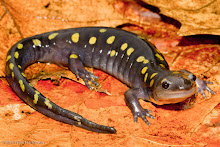




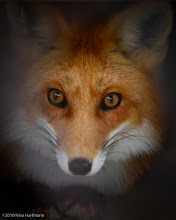

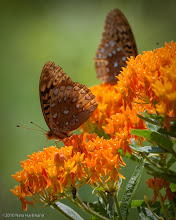

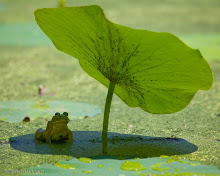
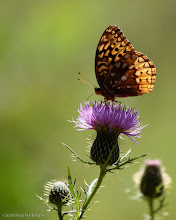
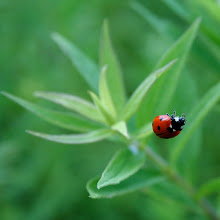




























%20copy.jpg)














